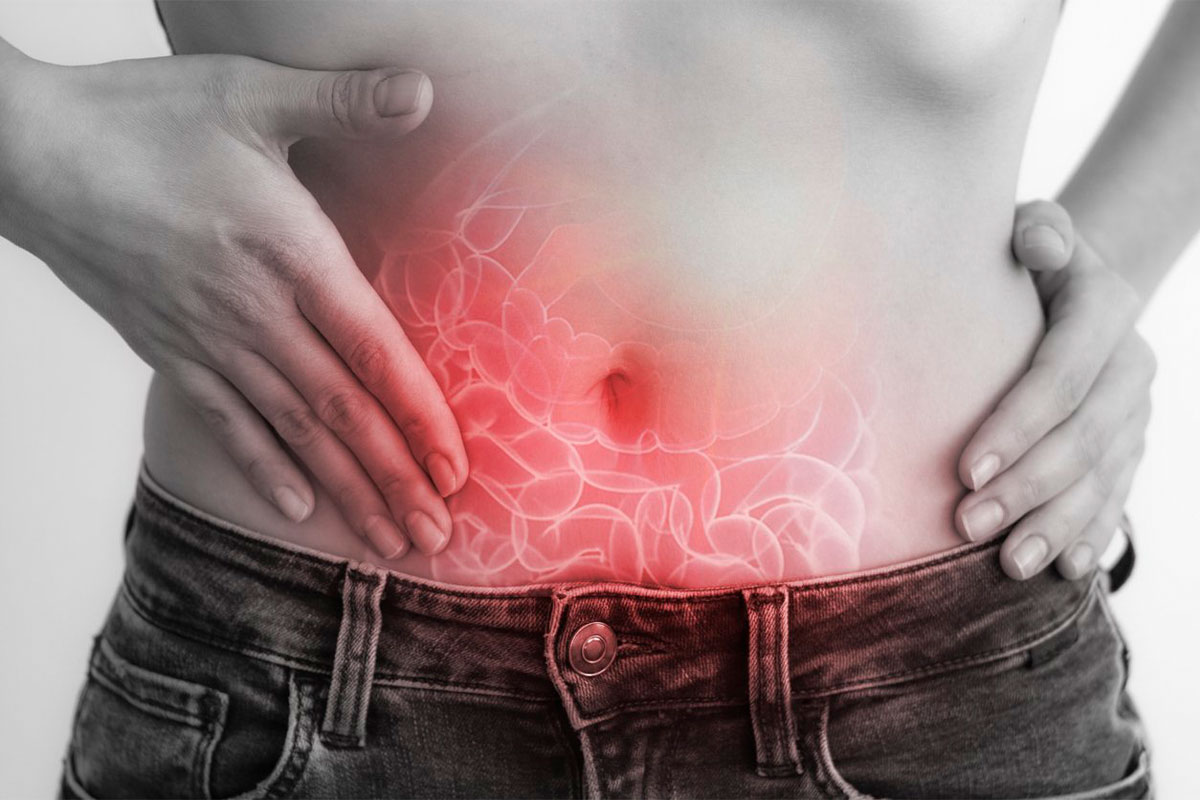What is SIBO?
It is an abbreviation consisting of the initials of the words Small Intestinal Bacterial Overgrowth. In Turkish, it means Excessive Proliferation of Bacteria in the Small Intestines.
What are the symptoms of SIBO?
- bloating in the abdomen
- cramps
- Diarrhea
- Constipation
- Sleeping disorder
- eating disorders
- Tension
- chronic fatigue
- excessive gas in the abdomen
- Burp
- Food intolerances (dairy, gluten, etc.)
How to Diagnose SIBO?
- SIBO breath test
- Microbial Analysis of Stool
What causes SIBO?
Due to SIBO, there are deteriorations in the functions of the intestines due to the colonization of more flora bacteria and pathogenic bacteria than should be in the small intestines. Deficiencies of many nutrients occur due to digestive and absorption disorders. The most common of these are chronic anemia due to vitamin and mineral deficiency, bone disorders (osteoporosis, etc.), joint and muscle pain. Nutritional disorders are observed because the food we eat is consumed by excessively increasing bacteria. It increases the tendency to diabetes. Since SIBO is an autoimmune disorder that develops secondary to the disruption of the digestive system flora, it paves the way for the formation of other autoimmune diseases (dermatitis, psoriasis, vitiligo, depression, autoimmune arthritis, food allergies, etc.).
How is SIBO treated?
In order to reduce the excessive bacterial load in the small intestines due to SIBO, long-term and multiple antibiotic treatments are applied to reduce bacterial colonization in the small intestines. In these treatments, patients feel good for a short period after the treatment. But the disease soon becomes the same or even more disturbing than before. The vicious circle created by continuous antibiotic treatment deepens further.
The underlying pathological process of SIBO disease is the decrease in biodiversity in the digestive system flora, the replacement of flora bacteria by pathogens (DYSBIOSIS), and the dominance of some flora members, disrupting the flora balance. It is not possible to restore these damages to the digestive system flora with antibiotic treatment. With each antibiotic treatment, the beneficial flora bacteria that overgrow and remain behind along with the pathogenic bacteria are also damaged, and SIBO becomes more insoluble.
The use of probiotics is recommended as another option in the treatment of SIBO. In recent years, the amounts of probiotics used by SIBO patients have reached the level of addiction. Probiotics relieve patients’ symptoms to the extent that they can mimic flora bacteria. The difference between flora bacteria and probiotics is that while FLORA BACTERIA resides in a certain region of the digestive system and lives by constantly renewing itself throughout life, PROBIOTICS are limited to the benefit they provide during their passage through the similar region in the digestive system and do not cling to the region they benefit from and colonize there. In short, PROBIOTIC can provide relief as long as it is used. In addition, PROBIOTICS contain steroids and steroid-like substances, although they are not stated in the package inserts. Therefore, it is controversial whether the benefit of probiotics is due to their microbial content or steroids. Another point is that almost all patients who use probiotics for a long time state that when they stop using probiotics, they are in worse shape than when they started. This situation is also called probiotic addiction.
Since SIBO is the result of damage to the digestive system flora, which is the beginning and gateway to an autoimmune process, and the accompanying “LEAKY GUT SYNDROME”, other autoimmune diseases are expected to develop after SIBO. The GOLD STANDARD treatment for flora damage, which is the source of SIBO disease, is “TOTAL GASTROINTESTINAL FLORA TRANSPLANTATION”
For TOTAL GASTROINTESTINAL FLORA TRANSPLANTATION, there must be at least one healthy donor. Flora samples are taken from a healthy donor under general anesthesia from 25-45 different anatomical regions by lavage method performed with endoscopy and colonoscopy. After the flora samples taken are subjected to certain procedures, endoscopy and colonoscopy are performed on the patient under general anesthesia, and flora is transplanted to the equivalent area of the patient from whichever part of the donor the flora sample was taken.
Successful treatment rates with TOTAL GASTROINTESTINAL FLORA TRANSPLANTATION in SIBO disease are around 90%.
https://www.docdrmuratkanlioz.com/flora-nakli/
Assoc. Prof. Murat KANLIÖZ
General surgery specialist

